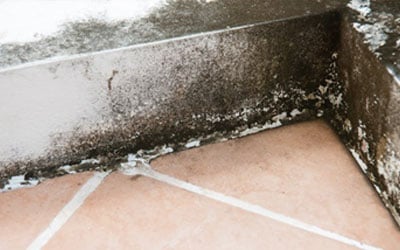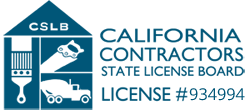
Mold in commercial buildings can lead to serious problems, including health issues for occupants and structural damage to the property. Because of this, addressing mold promptly and efficiently is crucial. Ignoring mold can result in it spreading quickly, increasing both the severity of the damage and the costs associated with remediation.
When mold is detected in a commercial property, taking immediate action is key. Mold thrives in damp, humid environments, often resulting from leaks, floods, or insufficient ventilation. Understanding how to recognize the early signs of mold infestation can save both time and money. This guide will walk you through the necessary steps to identify, remove, and prevent mold in your commercial space, ensuring a healthy environment for everyone who uses the building.
Recognizing Mold Infestation in Commercial Buildings
Mold infestations in commercial buildings can be deceptive. Understanding the signs of mold is crucial for early detection and effective treatment. Common indicators include a persistent musty odor, visible discoloration on walls and ceilings, and the appearance of fuzzy or slimy patches that can range in color from black to green or even white. These are often found in areas where moisture is prevalent, such as restrooms, kitchens, basements, and places with leaky plumbing or poor ventilation.
Pay attention to the health symptoms of occupants that might point to mold exposure. Respiratory issues, such as coughing, sneezing, and breathing difficulties, can be signs of mold presence. Mold can also cause a significant impact on indoor air quality, posing risks to the health of employees, clients, and visitors. Therefore, regular inspections and awareness of these signs are vital to maintaining a safe and healthy commercial environment.
Initial Steps to Take When Mold is Found
When mold is discovered in a commercial property, swift action is necessary to prevent further spread and mitigate health risks. First, isolate the affected area to contain mold spores, preventing them from spreading through the HVAC system or foot traffic. This can involve closing off rooms and sealing vents and doors with plastic sheeting. Limiting airflow helps to contain the problem.
Next, it is critical to identify and address the source of moisture that is facilitating mold growth. Check for leaks in roofing, plumbing, or any area where water may be entering or pooling. Repairing these issues is essential to halt the mold proliferation. Additionally, remove and dry out any materials that have been affected by excess moisture, such as carpets, upholstery, and insulation. By taking these initial steps immediately, we can control the mold threat and lay the groundwork for a thorough remediation process.
Detailed Process of Mold Remediation
Once we’ve taken initial steps to contain the mold, a comprehensive mold remediation process is essential. We begin by wearing proper protective gear to ensure safety. Using industry-grade HEPA vacuums and air scrubbers, we remove mold spores from the air, significantly reducing airborne contamination. We thoroughly clean and disinfect all visibly moldy areas, scraping and sanding if needed, to remove mold from non-porous surfaces.
We use specialized cleaning agents and antifungal treatments to eliminate mold colonies and prevent further growth. In cases where mold has infiltrated porous materials such as drywall, carpet, or insulation, we remove and replace these materials to ensure all traces of mold are eliminated.
We also use moisture meters to verify that affected areas are completely dry before completing the remediation process. This meticulous approach ensures that the mold is entirely removed and reduces the likelihood of recurrence.
Proactive Measures to Prevent Future Mold Growth
Prevention is key to keeping commercial spaces mold-free. To prevent future mold issues, we implement proactive measures that address the primary cause—moisture. Regular maintenance and inspections of the building’s plumbing and ventilation systems help identify and fix leaks and condensation issues promptly. Ensuring that the HVAC system is functioning optimally can also control humidity levels and prevent mold growth.
We recommend installing dehumidifiers in areas prone to dampness, such as basements or storage rooms. Proper drainage around the building’s foundation is essential to keep water from seeping into basement areas. We also advise regular cleaning and maintenance of gutter systems to avoid water buildup.
Educating staff on the importance of immediate cleanup of spills and maintenance requests can create an environment vigilant against mold intrusion. These preventive measures are crucial for maintaining a healthy and mold-free commercial property.
Is Mold Lurking in Your Building? Unveiling the Secrets of Commercial Remediation
Effectively managing mold in commercial spaces involves recognizing the problem early, taking immediate actions, and following a detailed remediation process. Ensuring the complete removal of mold and implementing strong preventive measures can protect both the property and its occupants from the harmful effects of mold. It’s important to stay vigilant and proactive to prevent future mold issues from occurring.
If your commercial property is dealing with mold or you want to prevent future mold growth, contact Restoration Masters today. Let us help you create a safe and healthy environment for your business. We’re here to provide expert mold remediation services in Los Angeles and ensure your property stays clean and mold-free!





